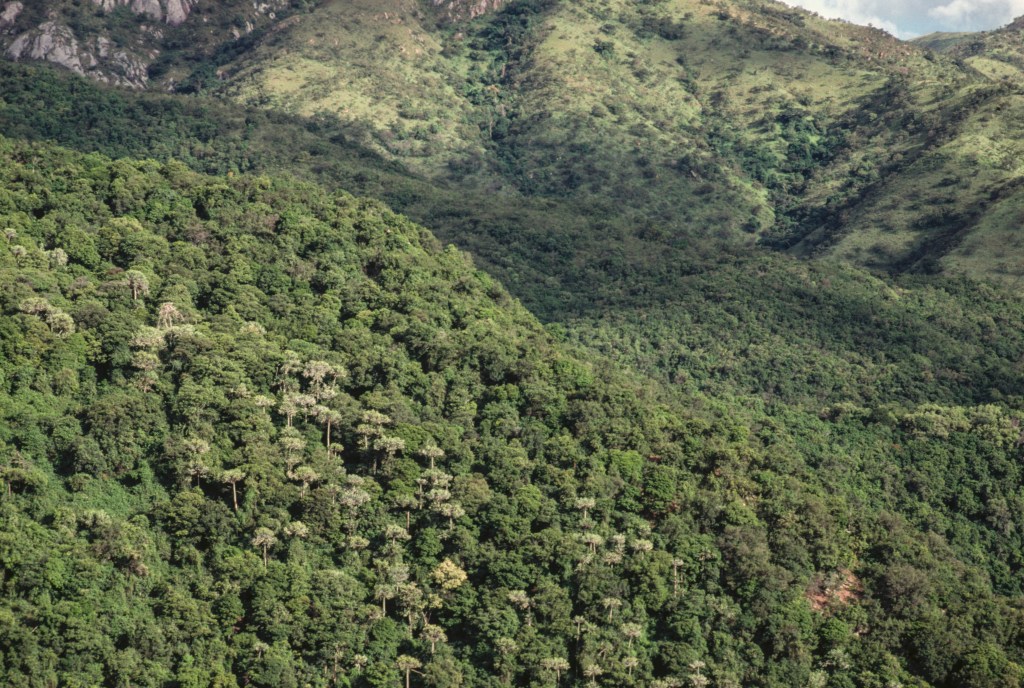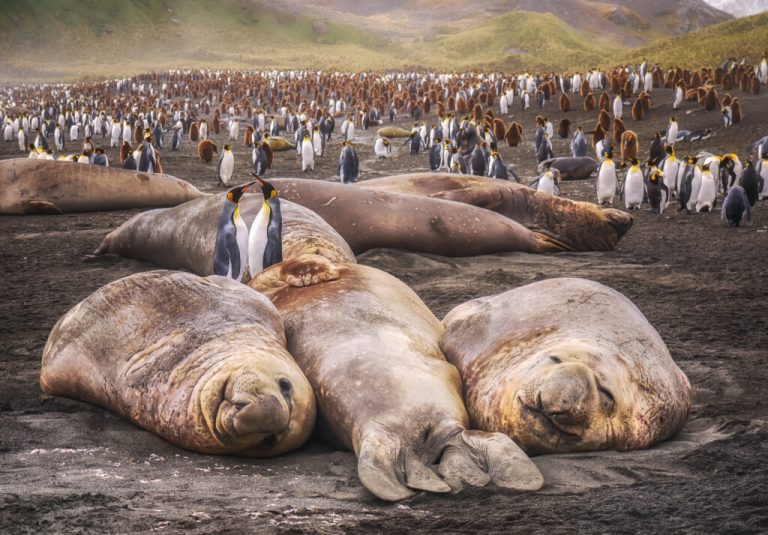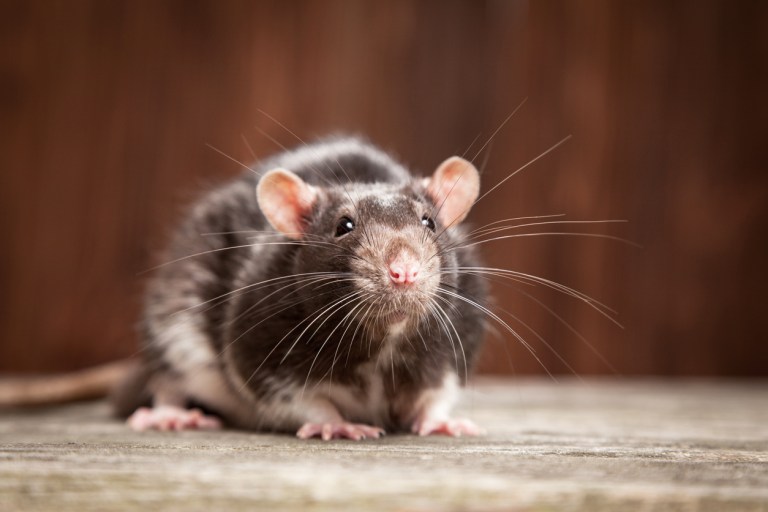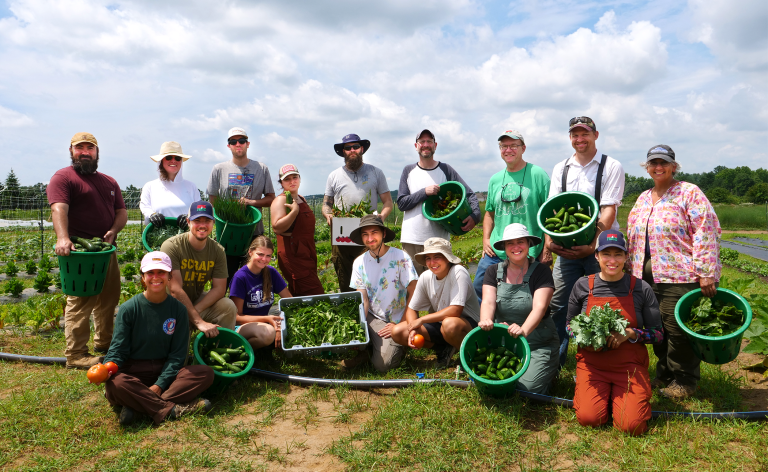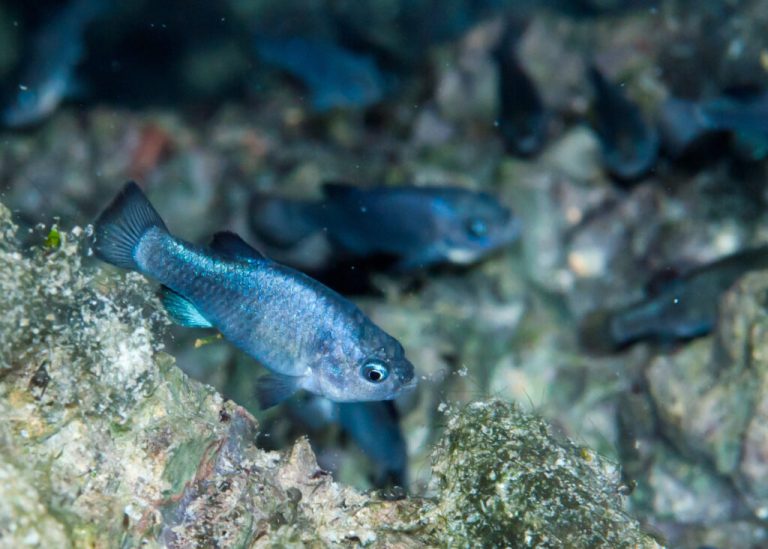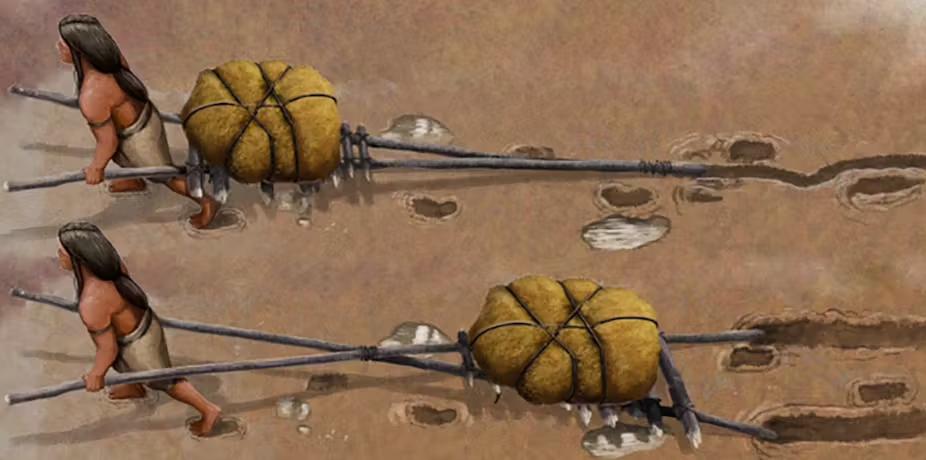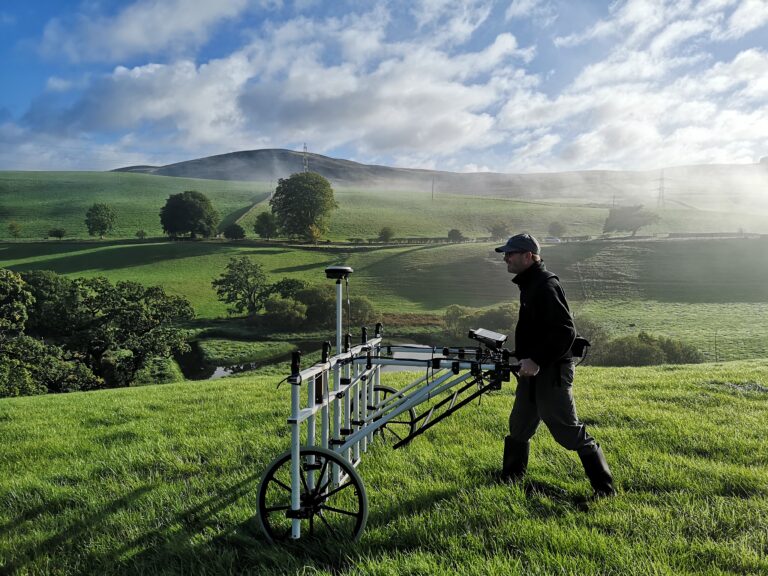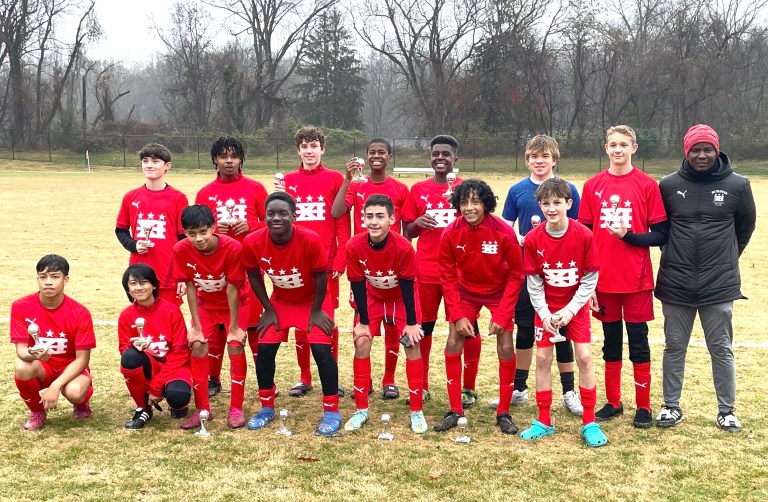The Congo Basin currently contains the largest and healthiest intact tropical forest on Earth — and thanks to dialogues from the World Economic Forum and legislation passed by the Democratic Republic of Congo, it’s set to receive new protections that will keep it that way.
The area is what’s known as a “carbon sink,” which means it absorbs more carbon from the atmosphere than it lets go, making it a “crucial planetary buffer limiting greenhouse gases in the atmosphere,” per the WEF. Unlike the Amazon, which is now a net emitter due to deforestation and climate change, the Congo Basin’s 3.7 million square kilometers have largely resisted threats caused by human intervention.
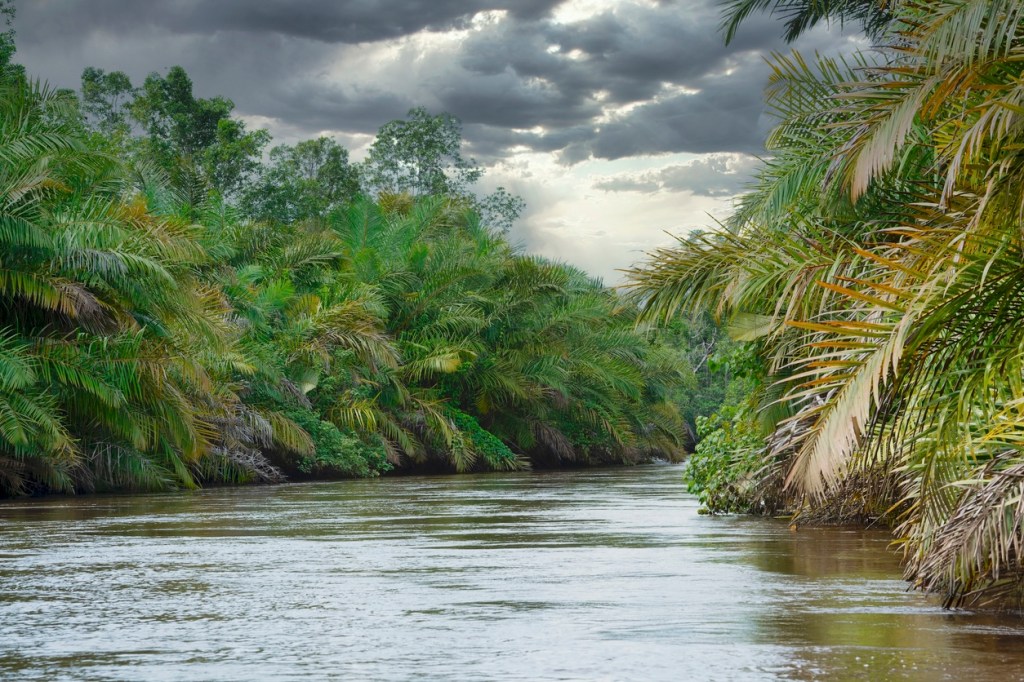
But that doesn’t mean the region won’t need the protections in the coming years. Deforestation and forest fragmentation were trending upward as of 2021, per a report from the Forest Declaration Assessment, and lead author Marion Ferrat warned that the basin was at risk in 2022.
“The Congo Basin Forest is at a crossroads,” she said in a release at the time, adding: “If this trend continues, we risk losing the largest remaining intact forest in the tropics along with its immense and irreplaceable value for biodiversity, climate, and people.”
Passed this January, the new legislation will help protect a forested area the size of France by creating partnerships with local communities to increase conservation efforts and foster green economic development. “The World Economic Forum is delighted to support this bold and ambitious endeavor to protect and restore one of the Earth’s last lungs,” Managing Director Gim Huay Neo said in a statement.
While the basin is an environmental boon, storing approximately 32 billion tons of carbon (about three years’ worth of global greenhouse gas emissions), it also holds value in another arena: supporting the livelihoods of 60 million people by supplying food, energy, and jobs in a region where 90% of inhabitants live below the threshold for extreme poverty.
The new protections plan to expand on a model called the Virunga Alliance, which is currently deployed at the Virunga National Park on the eastern edge of the basin (an area that Leonardo DiCaprio pledged $2 million to support in 2020 via the Earth Alliance, an organization he co-founded). The Virunga Alliance connects public authorities, civilians, and the private sector to responsibly develop natural resources — and so far, it’s created more than 21,000 jobs over five years in the process, with an ultimate goal of 100,000.
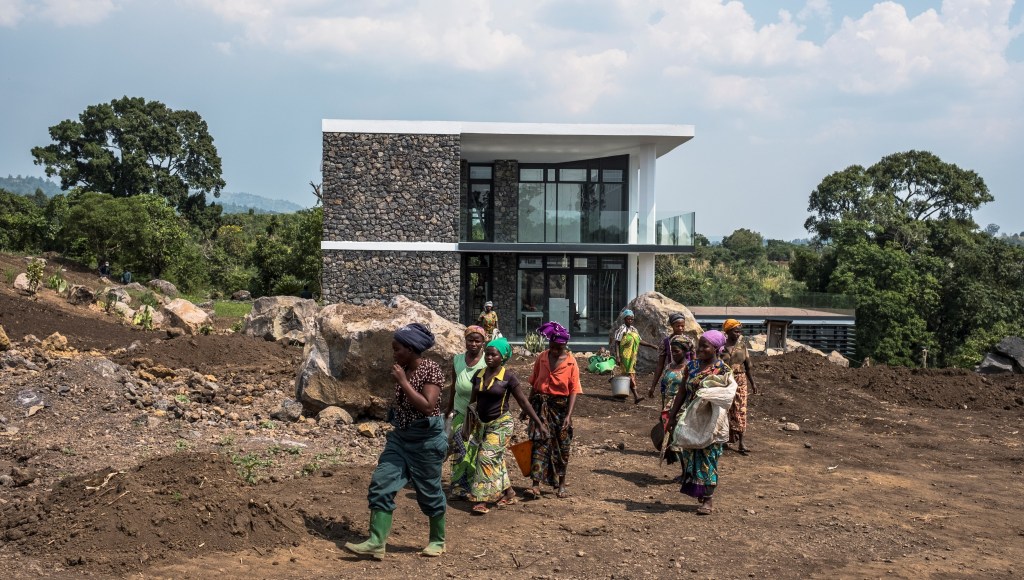
Harnessing hydrological resources, encouraging sustainable agriculture, and generating revenue from ecotourism are just a few of the ways the Virunga Alliance has helped support the economy and the environment. In doing so, the park has become the most significant source of clean energy for the public in eastern Congo. The new expansion seeks to create 500,000 additional jobs, produce over 1 million tons of food per year, and protect over 100,000 square kilometers of the tropical forest by 2030.
“We call on all partners to support this joint collaboration between the DRC government, local and international business, as well as civil society, to create a sustainable economy that will regenerate and protect nature, while empowering local communities and creating jobs for long-term peace and prosperity,” said Neo in the statement.
